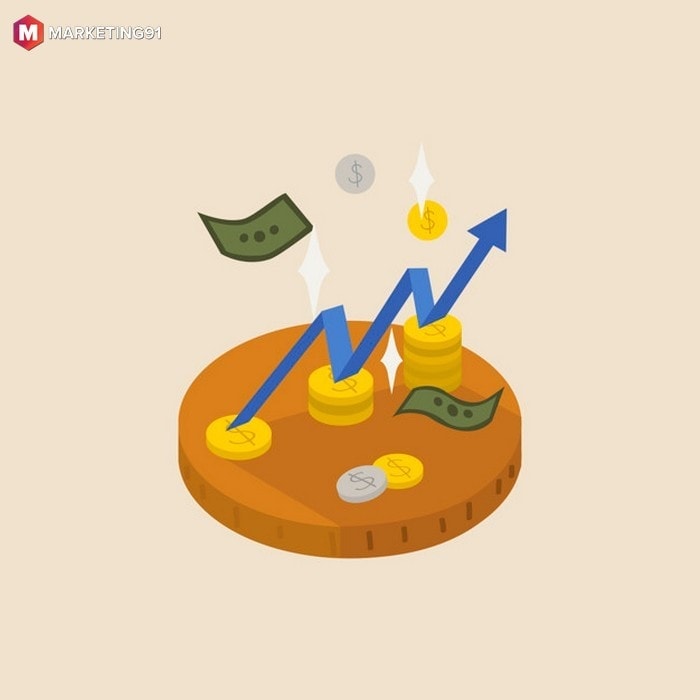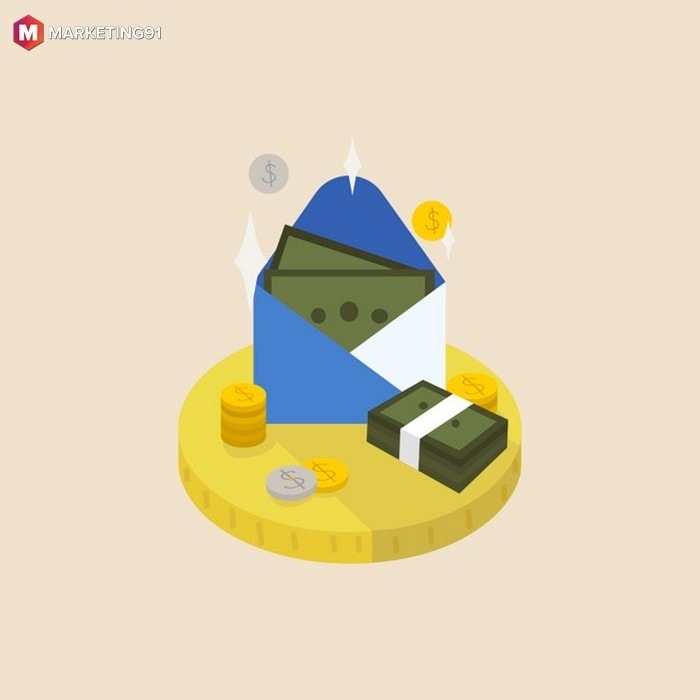Do you know how you can plan and control the budget of your business? And the answer is through Cost Management.
The process of cost control and efficient planning in business can be defined as cost management. It is taken as the most challenging process in management.
The expenses or you can say the costs are usually managed by the expert team using an expense form.
Table of Contents
Importance of Cost Management
This process includes activities like analyzing, controlling, channelizing, reporting, measuring, and evaluating the cost statistics only for the budget process. The budget system of a company can be under control using a good cost management process.
Cost management can also be considered as an integral element for business management for a very long time. It can also help in managing the reduction of the budget in a company and also useful in identification for future expenditures.
The time when the main process of cost management is implemented on a project, the amount of cost which is expected can be analyzed in the first phase of the business in that particular period.
The manager will then approve the expected expense by purchasing the material which is needed for the business.
The expenses are monitored and recorded to check that it is meeting with the expected amount of cost. The actual cost will be compared with the predicted cost, which will be helpful for predicting the future expense.
Four Important Steps for Cost Management
#1. Resource Planning
It can be taken as the initial stage for the project. It works on breakdown structures, representation for the project deliverable, calculation of the complete cost for the resources needed for the project.
The managers usually define the resources which are required and then finally add those for producing a cost estimate.
#2. Cost Estimating
This is the process by which the total costs are estimated for completing a project. The technique for the process may vary according to the approach to the cost computing project. It can be extended from the conceptual techniques to the determinative techniques.
All the techniques are varying in their accuracy levels. But the determinative technique is the most accurate one among all of the techniques. At the initial stage, you must take for the least accurate techniques, but later on, you may increase the level of accuracy.
#3. Cost Budgeting
If you have completed the estimation of the total cost, you can go ahead with the budgeting step. The managers usually give the cost, which is required for the project.
#4. Cost Control
It is an important step where the cost of the project’s performances is measured. The main work for the best result of the cost control is to have a management plan for the project.
The people who are in charge will investigate the variation of the cost. Cost control also involves the tasks to ensure the project update for the budget and the project’s scope.
Techniques for Accounting the Cost of A Project
Costing techniques are the process of computing the final cost by performing various tasks. There are so many techniques depending on the activity; some of them are:
#1. Job Costing
It is basically used by the managers. It is also known as job-order costing. It basically determines the cost for a particular product which is different or unique from other products. In the construction sites, you can’t find a similar job.
The job is costing process generally record the cost, which compiles the total labor, and the resources also cost the applicable overheads. It is for each task which is completed as part of the total expenditure. The process also includes direct costs and indirect costs.
#2. Process Costing
The process costing is used for determining the costs for products which are similar. The total costs for all the activities required for the creation of the products are not summed up in this process. But they looked at the processes for mass production.
It is possible and easy to get the cost for individual product cost if the total cost is divided by the unit output numbers. This way, you can total the cost for the individual unit can be calculated for the manufacture of a product.
#3. Costing Based On Activity
It approaches the overhead costs for the products. This process is mainly focused on the working hours of the machines, and they will constantly test, check the machine set up for the manufacture of the products.
The products which are not created by these processes are not counted for the product costs.
#4. Direct Costing
In this type of technique, the manufacture of the products is not fixed. It can vary from products to products with the variable costs.
#5. Life-cycle costing
It is a process which can be taken as a comparative technique where the summing up of the total cost is involved. It is only created for getting the chances to choose the best product in the life cycle of the project.
With the capital cost, it is not sufficient for estimating the product cost. But the life cycle costs included the disposal and maintenance costs, ownership costs. It also helps in making a good decision.
Some Important Components of A Cost Management Plan
The management plan for cost includes the processes like creation while you plan for the project. You can consider it as a document that determines how you can control the project, the control system, and also the communication for a project so that you can complete the task with the project budget.
Among all other matters, the plan management plan for cost determines the group or the individual that are responsible for the cost management. It gives the details to how the project cost can be assessed.
It makes a rule and regulation how you can communicate about the product with the shareholders. The cost management plan also involves a technique for controlling the cost variation.
During the time of customizing the cost management, which is relevant to the requirement for your organization, they will follow the standard format.
The section also involves the plan for the variance cost plan, the management approach for costs, information for the cost estimation, cost baseline, reporting process and the cost control, changes in the control process, the cost budget and the budget approvals.
You can also include the authority levels for spending that can be the key to the personal project analysis.
#1. Cost Variance Planning
It the phase where the actual cost is not identical with the predicted amount with which the budget is made. In the management plan for the cost, you must have a section that gives you all the detail information about who is the person in charge responsible for the cost variance.
The size for the variance is differing with the varying actions. For instance, the cost variance with 95 percent has a higher variance cost while cost variance less than 5 percent can be taken as less variance. Larger variance generally indicates for abandoning the project.
You can learn the calculation for the cost variance by reading hacking the PMP, studying the cost variance.
#2. Approach For Cost Management
The section generally deals with the approach for a manager that uses for the cost management. The process level may be different, but it will help you in determining a baseline for the cost and how you can compare it with the actual costs.
Generally, the costs are tracked down and recorded by the control accounts, where the costs are summed up with the subtasks.
It has occurred with the third level for the breakdown structure for the project. This is a tool that breaks down the work into the smaller components, or you can say the chunks of the work to define the product resource while completing the project.
But, the tracking point and the record of the product costs depend on how much big scope you get for the project.
#3. Cost Estimation
Cost estimation is the process by which you can analyze estimated costs for the products required for the manufacturer. It also involves the variation levels, the predicted costs, and also the accurate amount of costs. It reduces the risk developed while making the budget.
#4. Cost Baseline
The section represents the authorized project, and it has a big role in project management. It is a timely phased plan which is against the cost performance. This section defines the total of the estimated cost project and the contingency reserves.
#5. Reporting Process And Cost Control
It is the key factor during the time of working the project; it establishes the measurement of the cost.
#6. Change In The Control Process
The method present in the section generally defines the processes that make changes in the baseline of the product cost. It determines how you can approve the changes.
#7. Project Budget
In this section, the cost for the execution of the project is all summed up. There must be an organization that will set up a policy for it.
In Conclusion…
So, that is all we have for you in terms of cost management.
We hope this article was informative and helpful to you. Paying attention to the steps mentioned above of Cost Management will help you in ensuring the profit-driven channelization of your business.
Key usages of cost management for you will be-
- Budgeting
- Estimating
- Forecasting
- Monitoring
This is how Cost Management will help you channelize different functions associated with the costs for the successful accomplishment of business objectives.
Having any doubts about the concepts of cost management shared in the post? Feel free to ask us in the comments.



